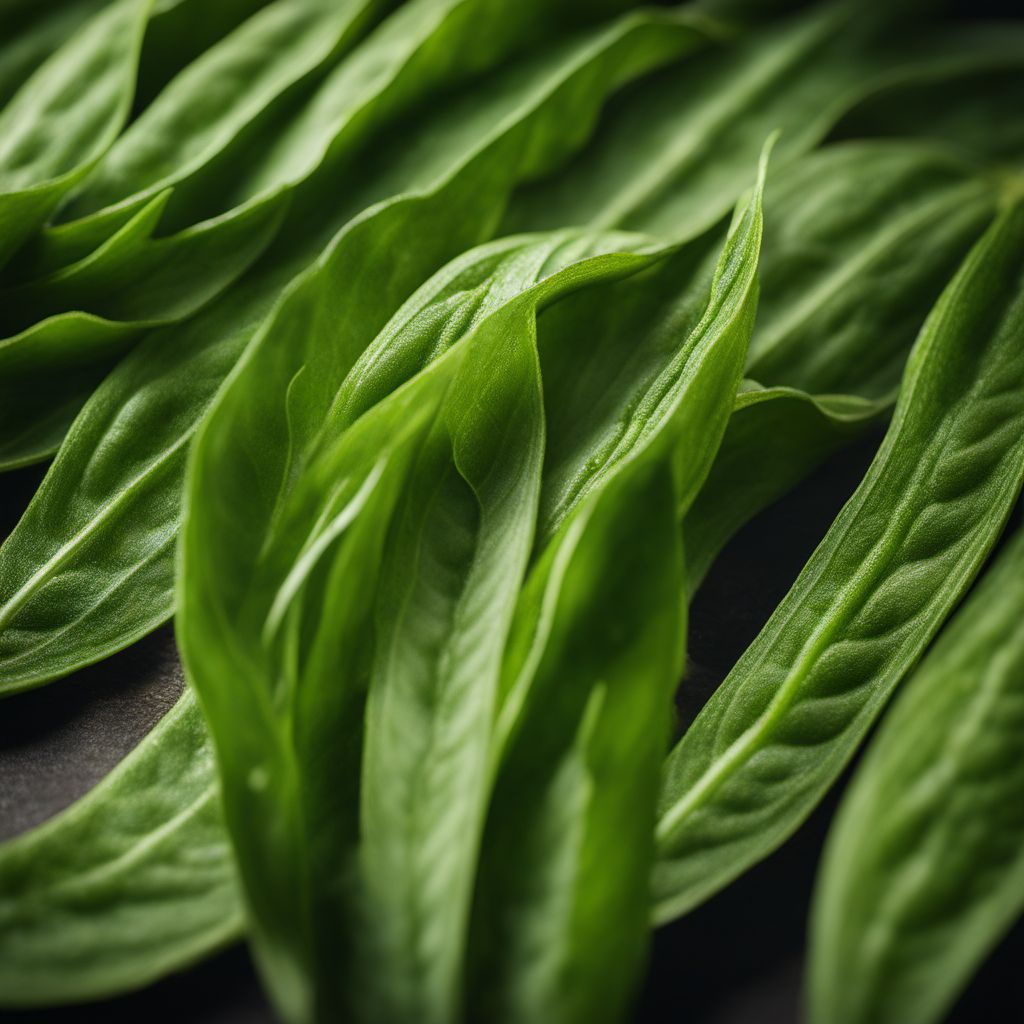
Ingredient
Plantain leaves
Versatile Wrapping Material
Plantain leaves are broad, glossy, and have a vibrant green color. They are often used to wrap food before cooking, imparting a subtle, earthy flavor to the dish. The leaves are not consumed but serve as a protective layer during cooking.
Origins and history
Plantain leaves have been used for centuries in tropical regions, particularly in Southeast Asia, Africa, and the Caribbean. They are an integral part of traditional dishes like tamales, pasteles, and otak-otak, where the leaves help retain moisture and infuse the food with a unique aroma.
Nutritional information
Plantain leaves are not consumed directly, so they do not contribute significantly to the nutritional content of a dish.
Allergens
There are no known allergens associated with plantain leaves.
How to select
When selecting plantain leaves, choose ones that are fresh, vibrant green, and free from blemishes or tears. The leaves should be pliable and not brittle. If purchasing pre-packaged leaves, ensure they are tightly sealed to maintain freshness.
Storage recommendations
To store plantain leaves, keep them in a cool, dry place away from direct sunlight. If the leaves are too large, they can be cut into smaller sections and stored in an airtight bag or container in the refrigerator for up to a week.
How to produce
Plantain leaves can be grown by planting a plantain tree or by propagating the leaves themselves. They require a tropical or subtropical climate to thrive.
Preparation tips
Before using plantain leaves, rinse them thoroughly with water to remove any dirt or debris. To make them more pliable, briefly pass them over an open flame or steam them. They can be used to wrap various foods like tamales, grilled fish, or sticky rice.
Substitutions
Corn husks or parchment paper can be used as substitutes for plantain leaves when wrapping food for cooking.
Culinary uses
Plantain leaves are commonly used for wrapping tamales, pasteles, otak-otak, and various grilled or steamed dishes in cuisines such as Mexican, Filipino, and Malaysian.
Availability
Plantain leaves are commonly available in tropical regions where plantain trees grow, such as Southeast Asia, Africa, and the Caribbean. They can also be found in specialty grocery stores or online.
More ingredients from this category » Browse all
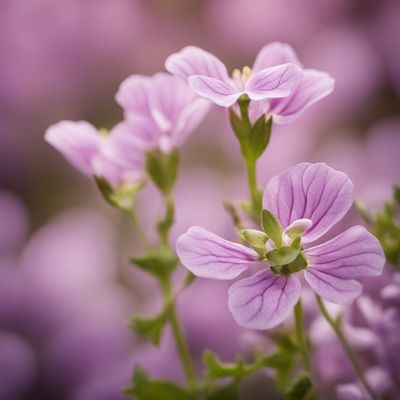
Mallow leaves
Velvety Greens with a Mild Bite
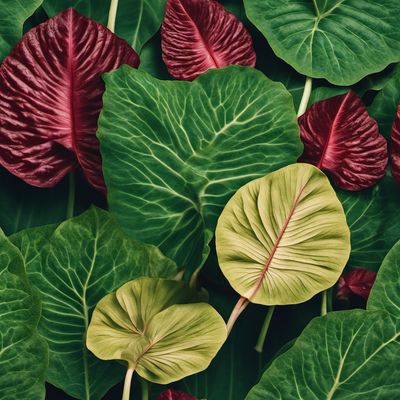
Taro leaves
The Verdant Delicacy: Taro Leaves
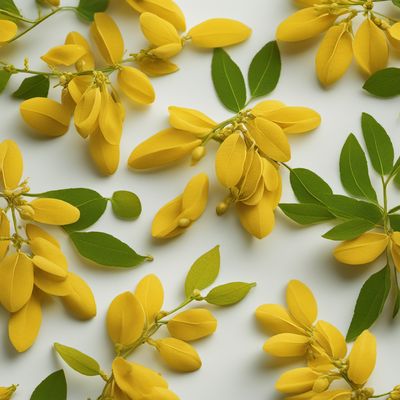
Senna leaves
The Natural Laxative: Unveiling the Power of Senna Leaves
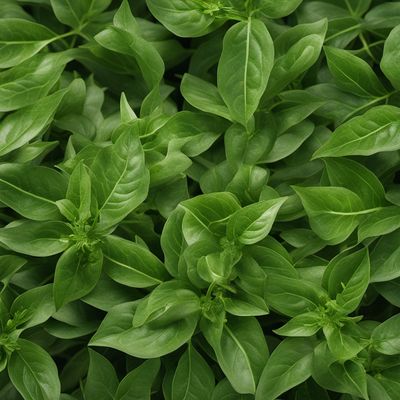
Pepper leaves
The Leafy Delight: Unveiling the Hidden Potential of Pepper Leaves
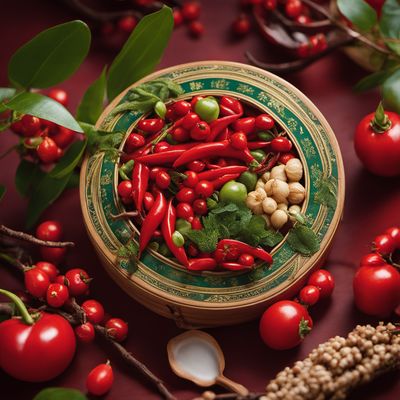
Box thorn
Nature's Tang
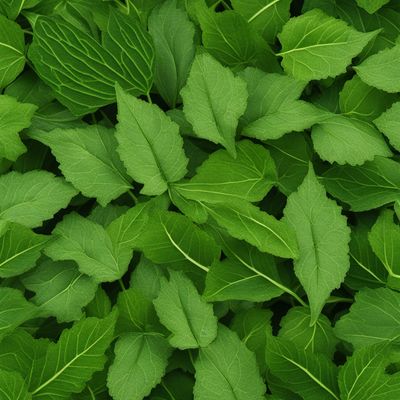
Jew's mallow leaves
The Nutritional Powerhouse: Jew's Mallow Leaves
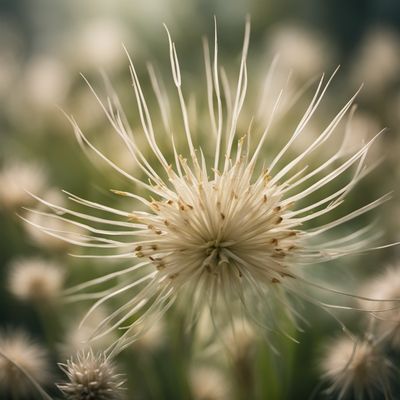
Salsify leaves
The Verdant Delight: Unveiling the Hidden Potential of Salsify Leaves
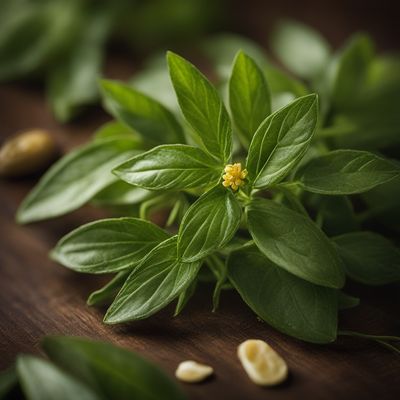
Blackjack leaves
The Versatile Blackjack
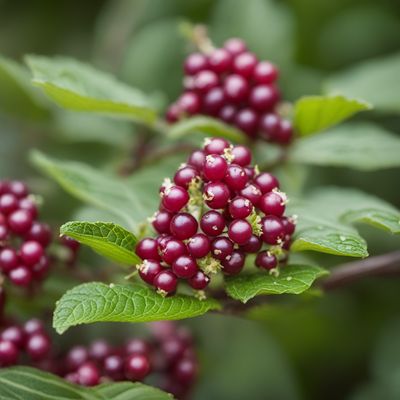
Pokeweed
The Wild Wonder: Pokeweed

Balsam pear leaves
The Healing Power of Balsam Pear Leaves
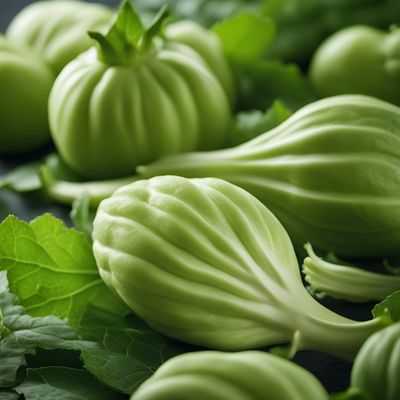
Chayote leaves
Versatile Green Delight: Chayote Leaves

Blumea leaves
The Aromatic Herb: Blumea Leaves
Recipes using Plantain leaves » Browse all

Balinese-style Stuffed Chicken with Fragrant Spices
Ayam Betutu: Balinese Spiced Stuffed Chicken Delight
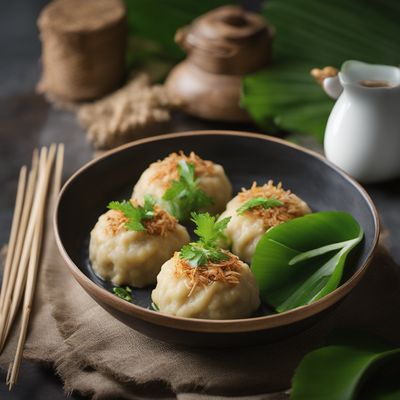
Sarawakian-style Steamed Bread Dumplings
Borneo Bites: Sarawakian Steamed Bread Dumplings

Htamanè - Burmese Sticky Rice Cake
Golden Delight: A Sweet and Sticky Burmese Rice Cake

Inuit-inspired Tamales Salteños
Arctic Delight: Inuit-inspired Tamales Salteños

Cochinita Pibil - Peruvian Style
Inca-Inspired Cochinita Pibil: A Peruvian Twist on a Mexican Classic

Pane di Laterza - Batak Style
Batak-inspired Savory Bread Delight

Puerto Rican Style Spring Rolls
Tropical Twist Spring Rolls

Central African Lovo Feast
Savory Delights from the Heart of Central Africa

Kuih Cara Manis
Sweet Delights: A Malaysian Kuih Sensation

Malagasy-Style Coconut Rice Cakes
Savory Coconut Delights: Malagasy-Style Rice Cakes

Latin American Baklava
Tropical Twist Baklava

Cochinita Pibil
Indonesian-style Spiced Roast Pork